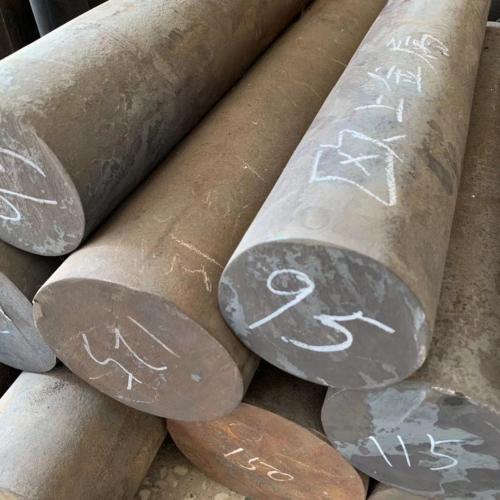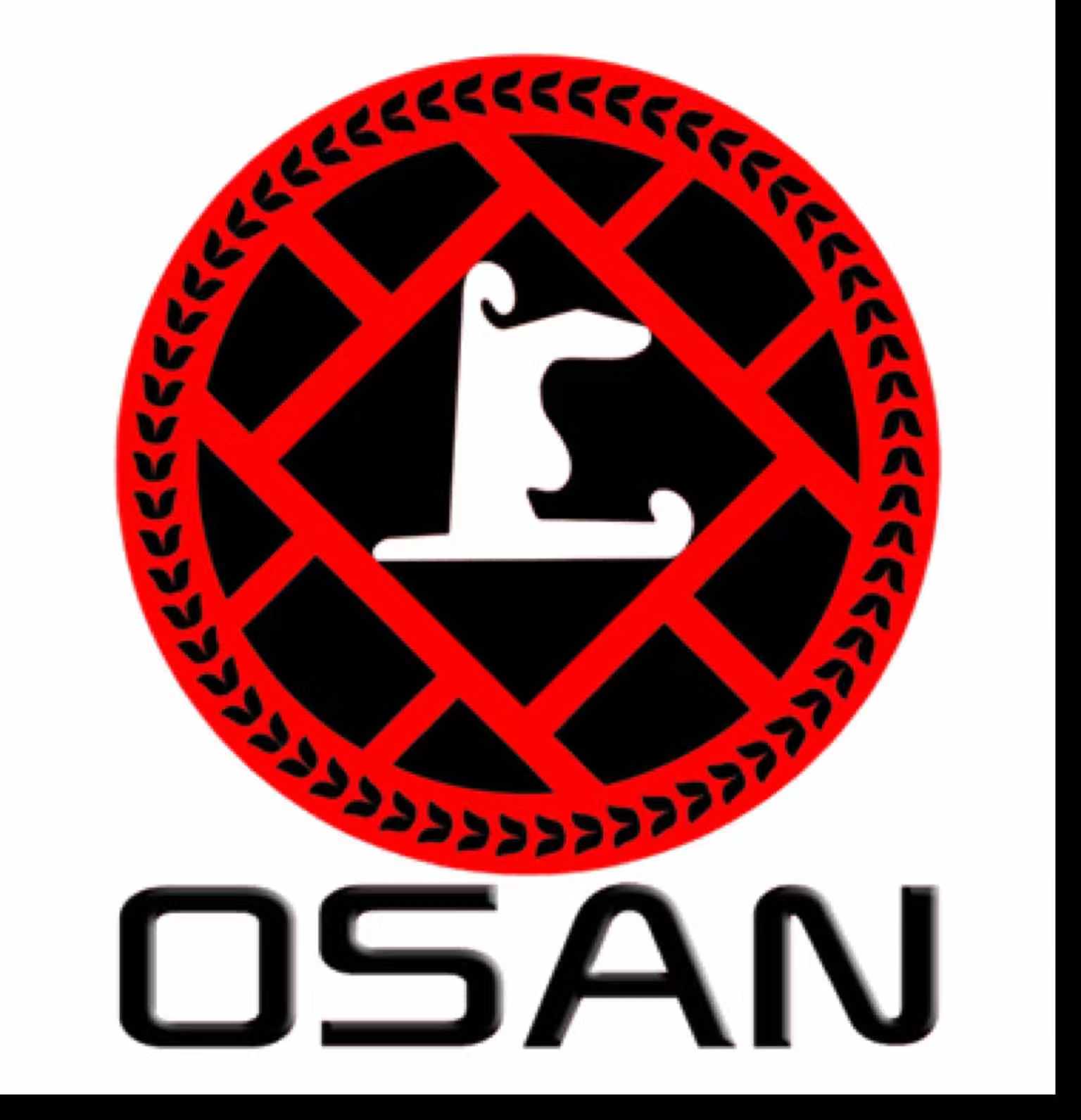Home > Company News > Heat treatment of HPM75 non-magnetic steel
Company News

Heat treatment of HPM75 non-magnetic steel
Introduction :HPM75 non-magnetic steel has high hardness, wear resistance, corrosion resistance and non-magnetic properties, comparable to stainless steel SUS304 and many other mold characteristics; Therefore, it is most suitable for corrosion and wear resistant mold products.
1, HPM75 non-magnetic steel
HPM75 is a non-magnetic, high hardness, easy cutting plastic die steel produced by a special smelting process. It is a non-magnetic, high-strength, austenitic, non-magnetic die steel in the HPM series. It remains stable as austenite in all conditions and has very low permeability. HPM75 non-magnetic steel has the characteristics of high hardness, wear resistance, corrosion resistance, non-magnetic comparable to stainless steel SUS304 and many other mold characteristics; Therefore, it is most suitable for mold products requiring high corrosion and wear resistance. The surface hardness and wear resistance of the die can be further improved by gas nitride carbonitriding heat treatment, so as to prolong the service life of the die. HPM75 non-magnetic steel is easy to work hardening, low speed machining is recommended.
2. Introduction of heat treatment process of HPM75 non-magnetic steel
Heat treatment process mainly includes: high temperature annealing process, solution softening process and aging hardening process; They are as follows:
(1) High temperature annealing process
High hardness of mold material, poor machining performance; The purpose of high temperature annealing of die is to improve machining performance, eliminate forging stress, facilitate die manufacturing and shorten processing cycle. Annealing process: annealing temperature 870-890┬░C, holding 3-6h, from annealing temperature to 500┬░C cooling rate should be controlled, cooling time should not be less than 6 hours, hardness :28-30HRC.
(2) solution softening process
The solution process is to dissolve the material carbide into the matrix to prepare for aging hardening and improve the machinability at the same time. In production also called softening treatment; Equipment: box-type electric furnace (preheating), high temperature salt bath furnace (solid solution) or box-type high temperature electric furnace; Solution softening process: when the margin is greater than 1.5-2mm, use high temperature box furnace for solution heating, heating temperature 1150-1180Ōäā, salt bath furnace insulation 15-* 20min/mm, box furnace insulation 30min/mm, water cooling, HPM75 solid solution hardness 20-22HRC, Material microstructure: austenite undissolved primary carbide.
(3) aging hardening process
The aging hardening treatment after mold manufacturing process is to disperse the carbide dissolved in the matrix on the matrix, so as to strengthen the matrix, increase the hardness and wear resistance, also known as hardening treatment in production; Box-type electric furnace, aging temperature 650-700Ōäā, aging 15-20h, water cooling or air cooling, hardness up to 45-50HRC.
3, the use of HPM75 non-magnetic steel mold production process
(1) Process flow: forging - high temperature annealing - rough rolling - solution softening - semi-finishing - aging hardening - finishing - nitriding.
(2) HPM75 material heat treatment characteristics surface: this material is through the secondary hardening method to increase the hardness, in addition, this material itself is relatively viscous, resulting in easy tool wear; The effective improvement of machinability after the solution softening process and then processing the appropriate coolant will help ensure the size of the semi-finishing process, as well as the drilling and tapping of small holes. Finishing after aging hardening is the last working procedure. The mold size to be nitrided must be adjusted accordingly. Nitriding is to further improve the surface hardness, wear resistance and service life of the die, and increase the wear resistance of the billet. Stripper, blank quality and production efficiency.
4. Nitriding Process of HPM75 non-magnetic Steel mold (surface nitriding process)
(1) Test material :HPM75 non-magnetic steel chemical composition is as follows:
Carbon silicon manganese phosphorus chromium molybdenum Volkswagen
0.69 0.65 15.3 0.02 0.01 2.31 0.75 1.83 0.62
Note: The material is in the state of solid solution aging, and the hardness is 47HRC.
(2) Test method: Test samples of 8 mm * 15 mm * 30 mm were used in LD50 ion nitriding furnace and RN35 gas nitriding carburizing furnace. The depth of the submerged layer is measured by a hardness test.
Results and analysis: The surface hardness of ionic nitriding and gas nitriding were 1130HV0.3 and 1180HV0.3 respectively, and the total depth of infiltration layer was 0.21mm and 0.15mm, respectively. The matrix hardness of both nitriding processes is 490HV0.3
The mold life after two nitriding treatments is 3.2 times and 2.3 times longer than that under solution aging condition. HPM75 non-magnetic steel contains more alloying elements, which combine with nitrogen to make the die surface have higher hardness and wear resistance, which greatly increases the life of the die.
5 Conclusion
(1) Correct use of HPM75 non-magnetic steel heat treatment process and mold processing process is conducive to mold processing and normal use.
(2) Gas nitrogen carburizing significantly improves the surface hardness, wear resistance and service life of HPM75 non-magnetic steel die. The surface of pressed billet is bright, easy to demoulding, improve the quality of billet and production efficiency.
(3) Nitriding does not change the non-magnetic properties of HPM75 steel.



